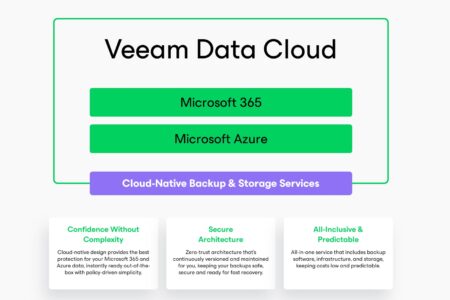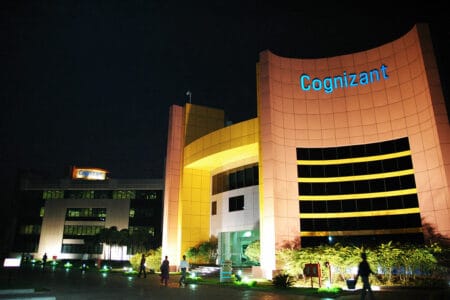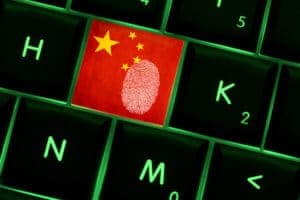Samsung, a South Korean company, has decided to build a data centre close to the North and South Korean borders. It does that on an old shooting range called Chuncheon. Some call it a risky strategy, but Samsung will save a lot on keeping its servers cool.
The data centre is located approximately one and a half kilometres from the border between the two countries that are still formally at war. The company will use the facility to develop its own cloudhub, with which it wants to compete with Amazon, Google and Microsoft.
Lower electricity costs
Samsung chooses for a simple reason for the location near the border with North Korea. The location is in the Korean mountains, where the cool mountain air helps keep the servers cool. This saves a lot of electricity and therefore also a lot of money. Samsung engineers think that the amount of power needed to run the servers optimally can be reduced by eighty percent by this location.
The era of the cloud is coming. So if we don’t do this, we won’t stand a chance, says Kim Ho, vice president of Samsung SDS Co., the division responsible for developing the cloud offering. Despite the fact that Samsung already has a number of data centres worldwide, these are not intended for the public. Currently, the company only stores its own data there.
The facility in Chuncheon will also have a surface area of 39,780 square metres. The construction will be completed in the second half of 2019 and when it opens, Chuncheon will be Samsung’s fifth largest data centre in South Korea. It is expected that Samsung will also process Korean government services in the data centre; last year it signed a deal with the government for a new blockchain technology to help manage transport, the healthcare sector and public safety.
This news article was automatically translated from Dutch to give Techzine.eu a head start. All news articles after September 1, 2019 are written in native English and NOT translated. All our background stories are written in native English as well. For more information read our launch article.


















